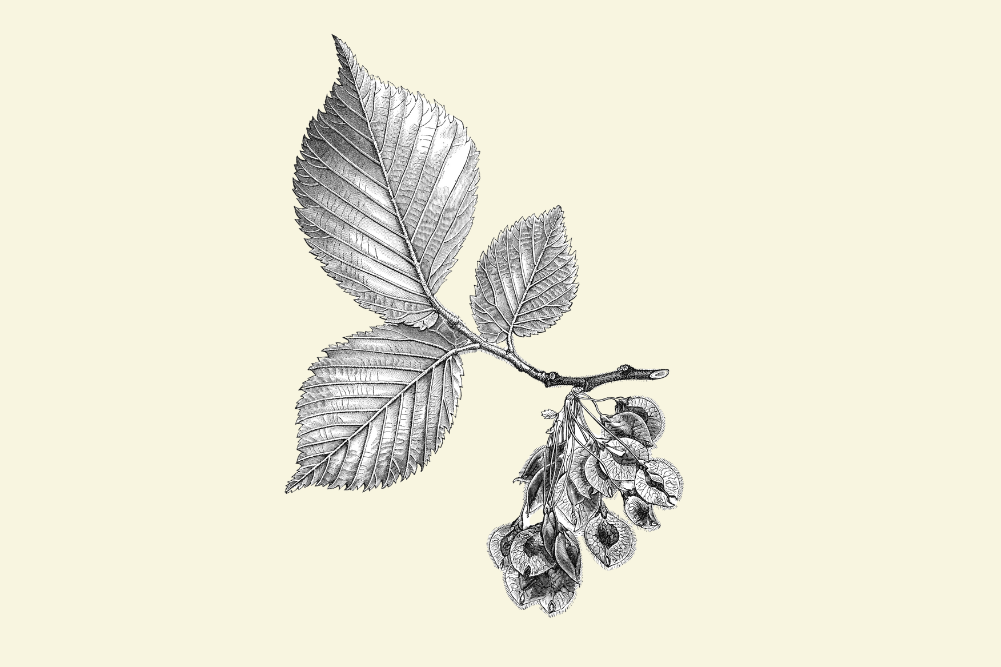Can a teenager’s diet link to breast cancer?
Here’s a question for you: would you expect a tomato plant grown in sand to produce the same fruit as a plant grown in rich clay soil? Of course, we all accept that a plant will reflect the quality of the soil in which it is grown (which has implications for food production that we will discuss elsewhere). So why is it then that we might be surprised that the environment in which we grow as children will affect us as adults? Doesn’t it make sense that your environment as an adolescent shapes the adult you become? This has been illustrated clearly in a new study linking adolescent diet to breast density and risk of breast cancer later in life.
Although we don’t yet know why, we know that dense breasts are more likely to develop breast cancer. We need to be clear though, that “breast density” is not about how a breast feels to the touch; a dense breast is not necessarily a firm breast. Breast density actually refers to a high amount of fibrous or glandular tissue compared to fat tissue.
The new study used data from a 1988 study involving girls aged 8-10 who completed diet surveys then and across the following years. When the participants were aged 25-29, their breast density was measured using MRI scans.
After factoring out number of live births, adult weight, race, education level and total energy and protein intake a link did exist between diet and breast density. It was found that women who consumed higher levels of saturated fat had higher-density breasts than women who consumed more monounsaturated fats and polyunsaturated fats in their teen years. In fact, those with the lowest level of monounsaturated fats as teens had significantly denser breasts than those with the highest levels of monounsaturated fats in their diets as adolescents.
As far as breast health goes, the message is clear: teenage girls need more monounsaturated fats and less saturated fat for their future breast health.








